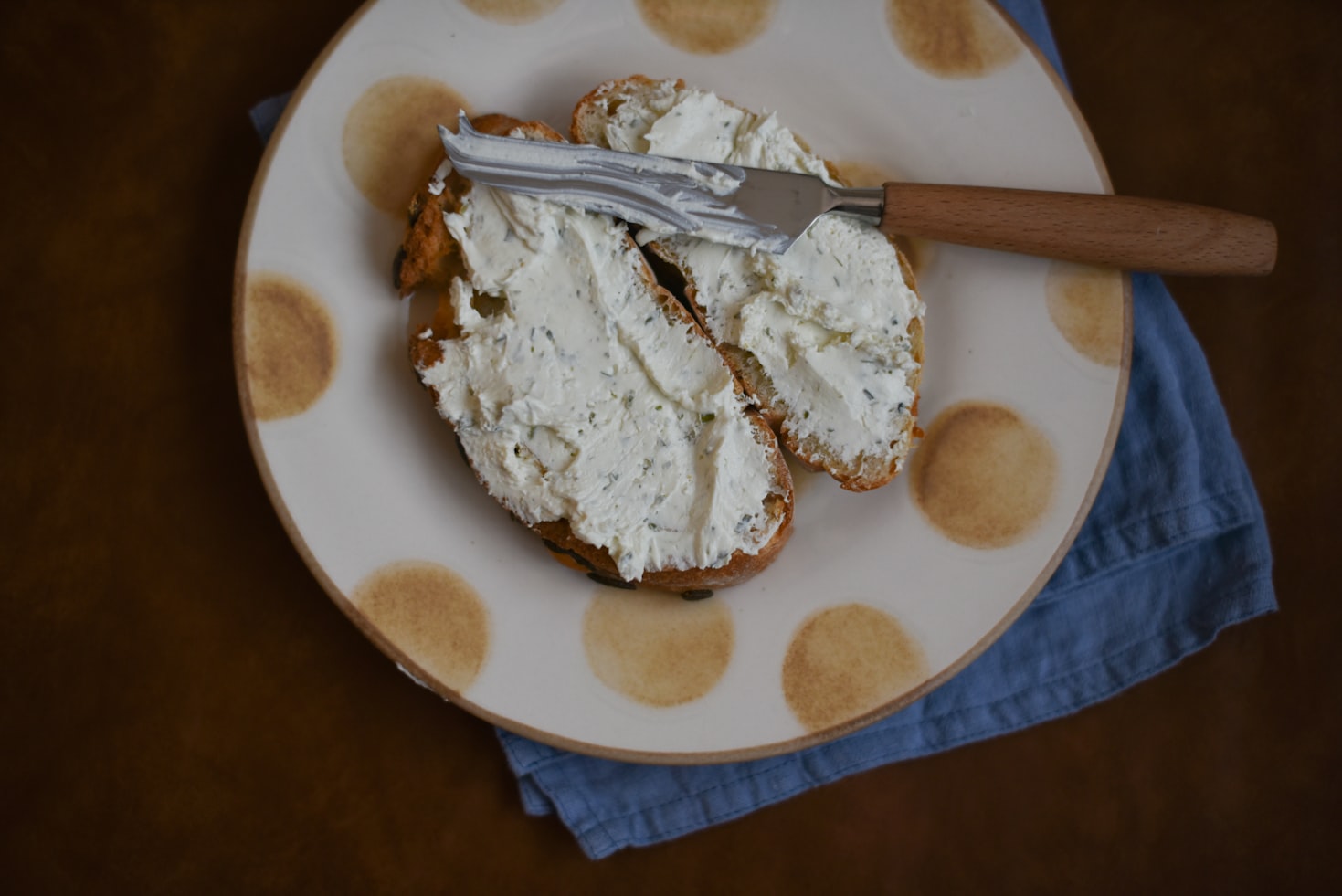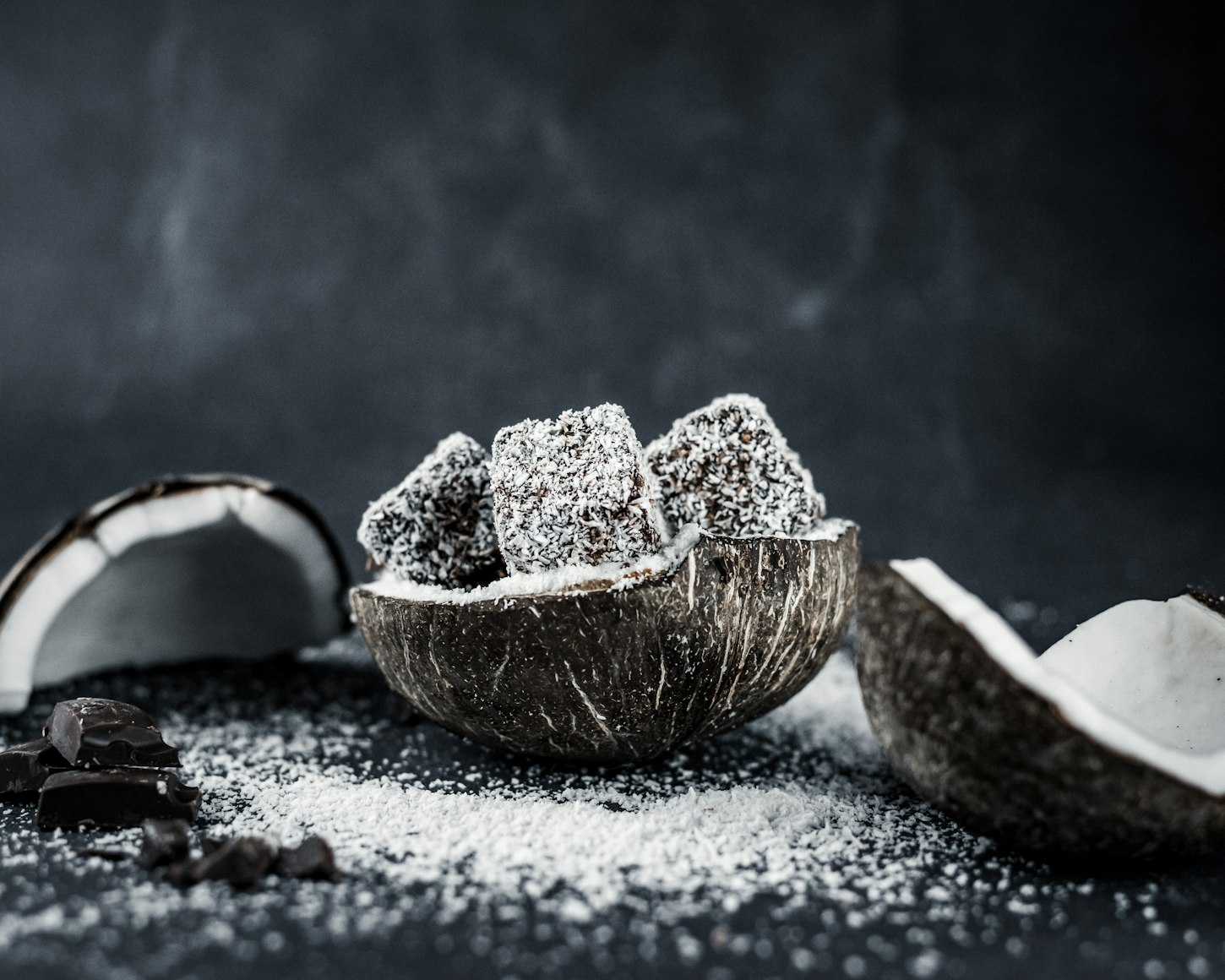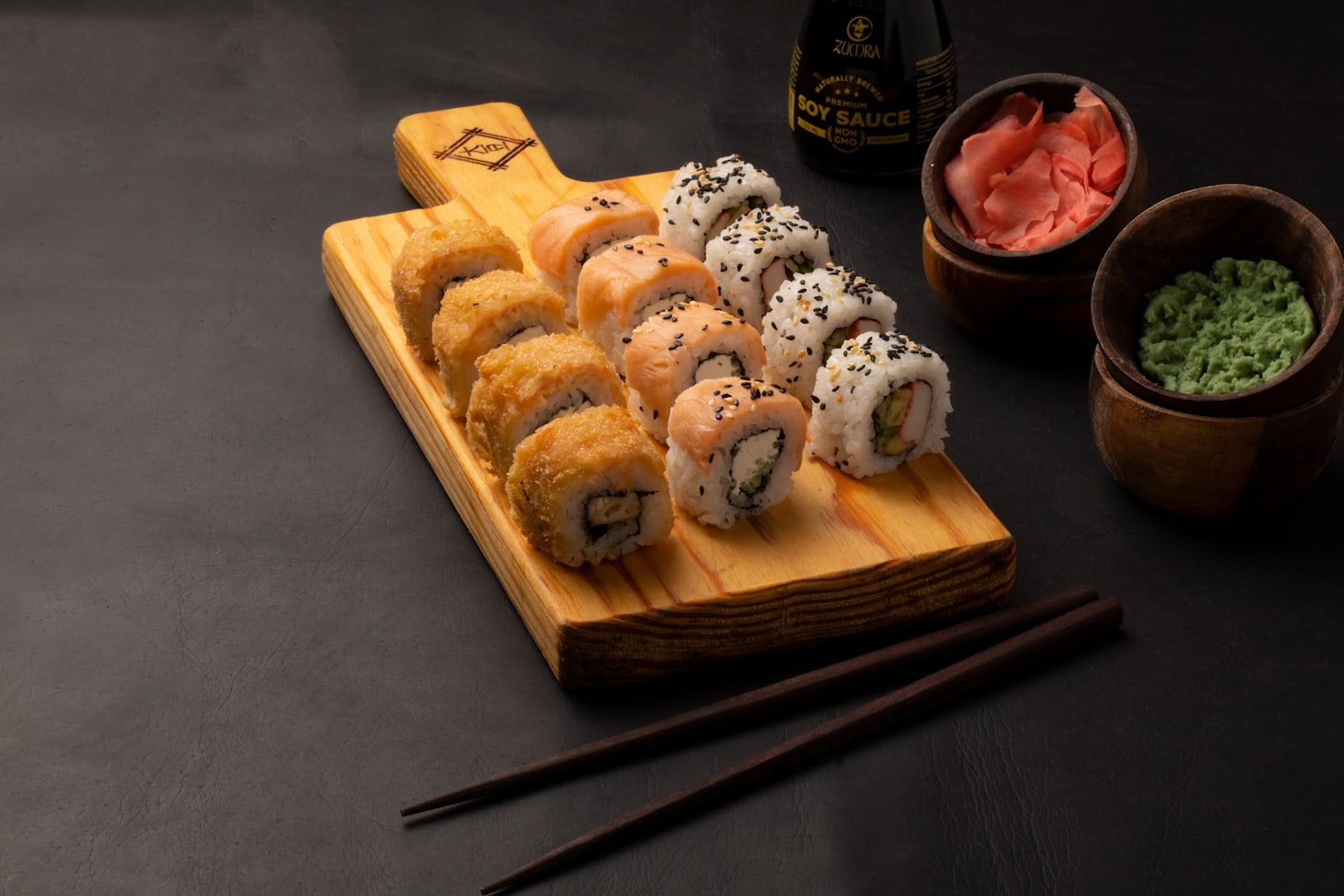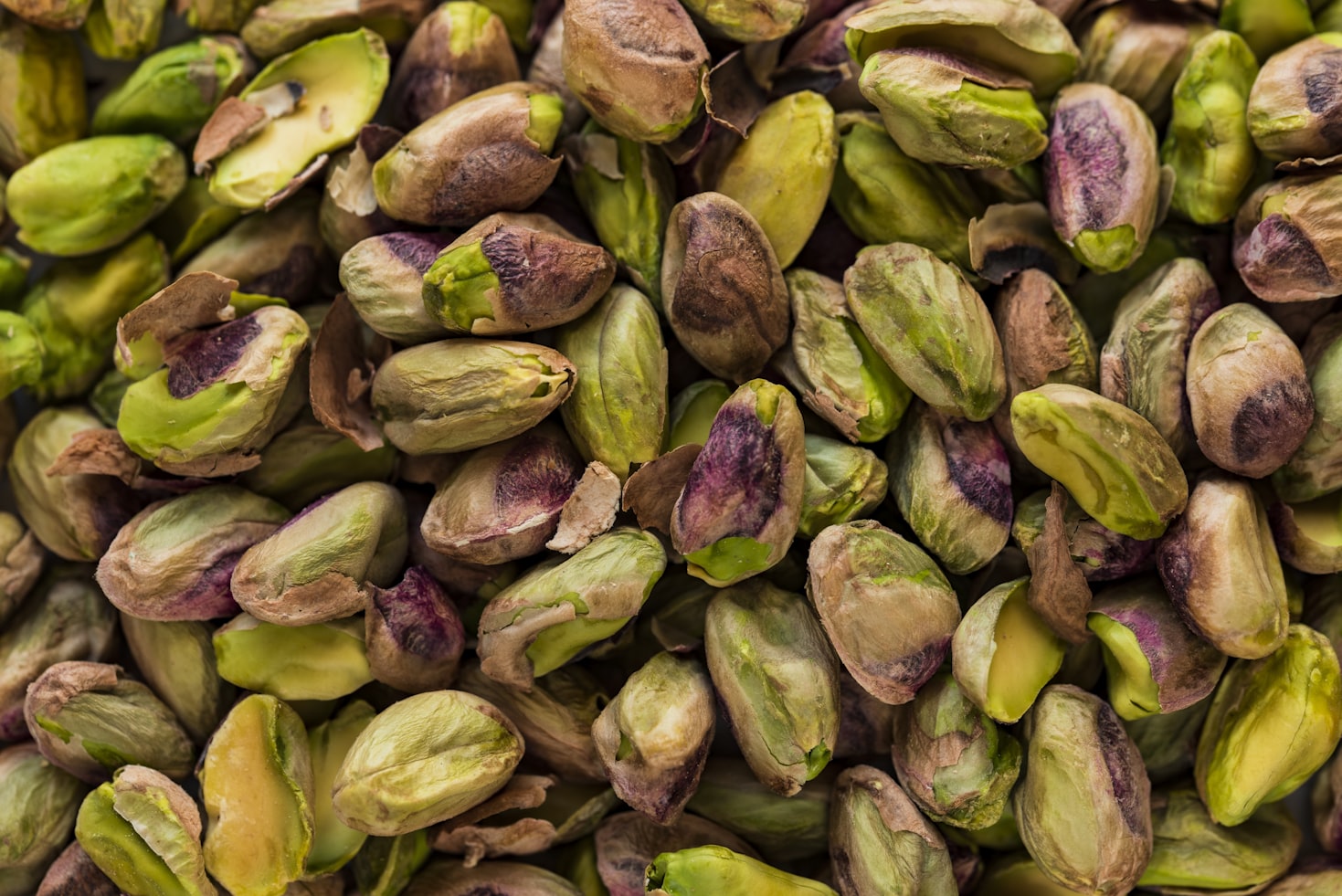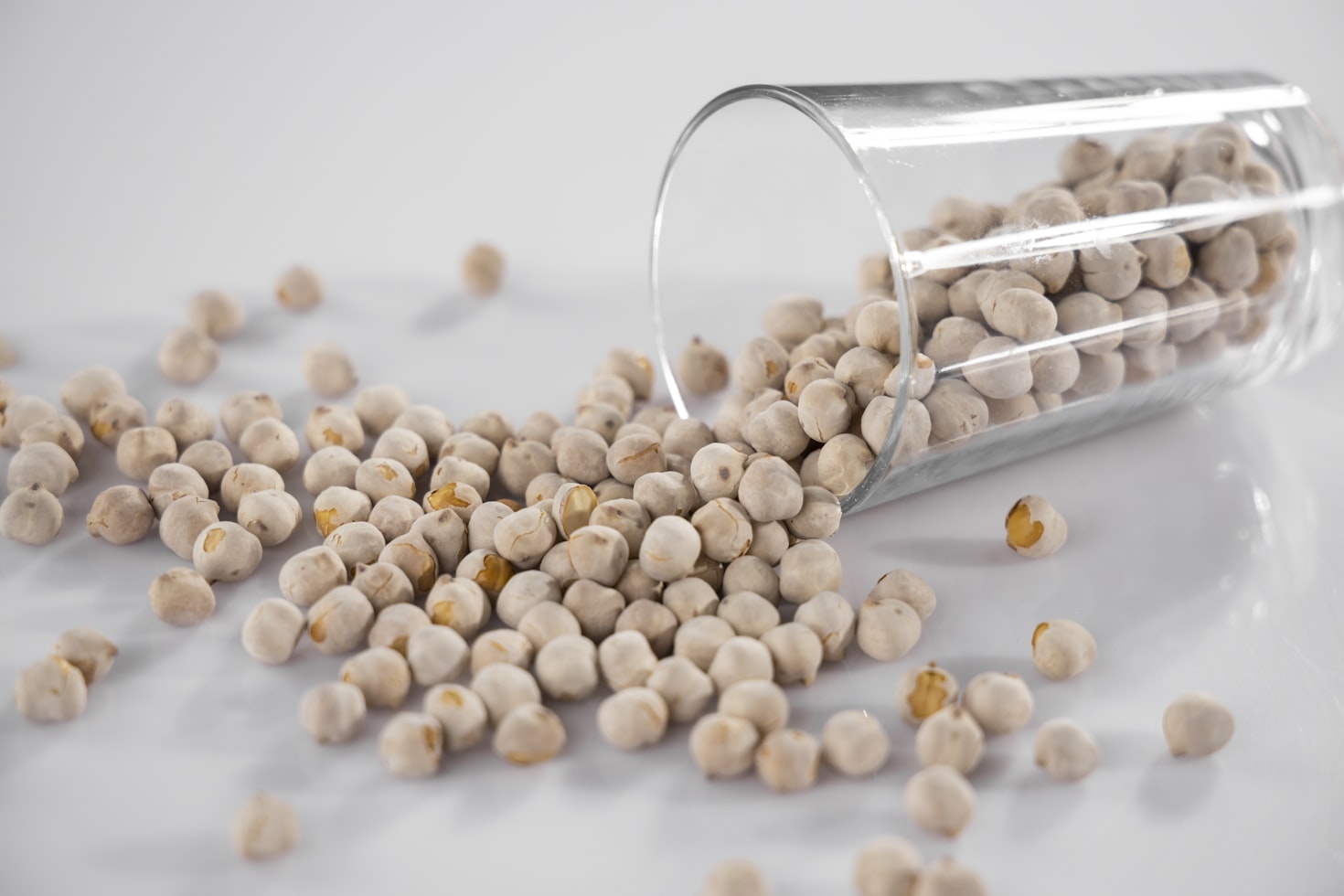Is Blue Cheese Dressing Keto Friendly?
When following a ketogenic diet, it is essential to carefully consider the ingredients of the foods you consume. Blue cheese dressing is a popular condiment that adds flavor to salads, wings, and other dishes. However, its compatibility with the keto diet may be a concern for those following this low-carb, high-fat eating plan. In this article, we will explore whether blue cheese dressing is keto-friendly and provide valuable insights to help you make informed dietary choices.
Understanding the Keto Diet
Before delving into the keto-friendliness of blue cheese dressing, it is important to understand the basics of the ketogenic diet. The keto diet is a low-carb, high-fat eating plan that aims to shift the body into a state of ketosis. In this metabolic state, the body primarily burns fat for fuel instead of carbohydrates.
On the keto diet, individuals typically consume less than 50 grams of carbohydrates per day, focusing on high-fat foods such as meat, fish, eggs, nuts, and healthy oils. The goal is to enter ketosis and maintain this state to promote weight loss and other health benefits.
The Nutritional Profile of Blue Cheese Dressing
Blue cheese dressing is a creamy condiment made from a combination of blue cheese, mayonnaise, sour cream, buttermilk, and various seasonings. While the exact nutritional content may vary depending on the brand and recipe, let’s take a look at the typical nutritional profile of blue cheese dressing:
- Calories: Approximately 150-180 calories per serving (2 tablespoons)
- Total Fat: Around 15-18 grams per serving
- Carbohydrates: Roughly 2-3 grams per serving
- Protein: Approximately 1-2 grams per serving
Based on these numbers, blue cheese dressing appears to be relatively low in carbohydrates, making it potentially suitable for the keto diet. However, it is important to consider the specific ingredients used in the dressing, as some may contain hidden sources of carbohydrates.
Hidden Carbohydrates in Blue Cheese Dressing
While blue cheese dressing may seem low in carbohydrates, it is crucial to be aware of hidden sources of carbs that can hinder ketosis. Some commercial brands of blue cheese dressing may contain added sugars, thickeners, or other ingredients that can increase the carbohydrate content.
It is recommended to carefully read the nutrition label and ingredient list of the blue cheese dressing you choose. Look out for ingredients such as sugar, corn syrup, modified food starch, or other high-carb additives. Opting for homemade or low-carb versions of blue cheese dressing can help you control the carbohydrate content and ensure it aligns with your keto goals.
Alternatives to Traditional Blue Cheese Dressing
If you are following a strict keto diet or prefer to avoid the potential hidden carbs in commercial blue cheese dressings, there are alternative options available. Consider the following alternatives:
- Homemade Blue Cheese Dressing: Making your own blue cheese dressing allows you to control the ingredients and ensure it is keto-friendly. Use high-quality blue cheese, full-fat mayonnaise, sour cream, and buttermilk or heavy cream to create a delicious and low-carb dressing.
- Ranch Dressing: Ranch dressing is another popular option that can be keto-friendly when made with high-fat ingredients. Look for recipes that use full-fat sour cream or Greek yogurt, mayonnaise, and a blend of herbs and spices.
- Oil and Vinegar Dressing: If you prefer a lighter option, consider using oil and vinegar as a dressing for your salads. Extra virgin olive oil or avocado oil combined with vinegar or lemon juice can provide a flavorful and keto-friendly alternative.
Frequently Asked Questions (FAQ)
1. Can I eat blue cheese on a keto diet?
Yes, blue cheese is generally considered keto-friendly. It is low in carbohydrates and high in fat, making it a suitable choice for the keto diet.
2. How many carbs are in blue cheese?
Blue cheese typically contains less than 1 gram of carbohydrates per ounce, making it a great option for those following a low-carb or keto diet.
3. Is blue cheese dressing high in calories?
Blue cheese dressing can be relatively high in calories due to its fat content. However, it can still be enjoyed in moderation as part of a balanced keto diet.
4. Are there any health benefits to consuming blue cheese?
Blue cheese is a good source of calcium, protein, and vitamin K2. It also contains beneficial bacteria that can support gut health.
5. Can I use blue cheese dressing as a dip for vegetables?
Absolutely! Blue cheese dressing can be a delicious dip for raw vegetables, providing a flavorful and keto-friendly option for snacking.
6. Are there any potential drawbacks to consuming blue cheese dressing?
While blue cheese dressing can be a tasty addition to your meals, it is important to consume it in moderation due to its high calorie and fat content. Additionally, individuals with lactose intolerance or dairy allergies should be cautious when consuming blue cheese dressing.
Summary
Blue cheese dressing can be keto-friendly when chosen carefully or made at home using low-carb ingredients. While it is generally low in carbohydrates, it is essential to read the nutrition label and ingredient list to avoid hidden sources of carbs. If you prefer to avoid commercial dressings altogether, alternatives such as homemade blue cheese dressing, ranch dressing, or oil and vinegar dressings can be excellent options. Remember to consume blue cheese dressing in moderation and consider your individual dietary needs and preferences. By making informed choices, you can enjoy the flavors of blue cheese dressing while staying on track with your keto diet.
